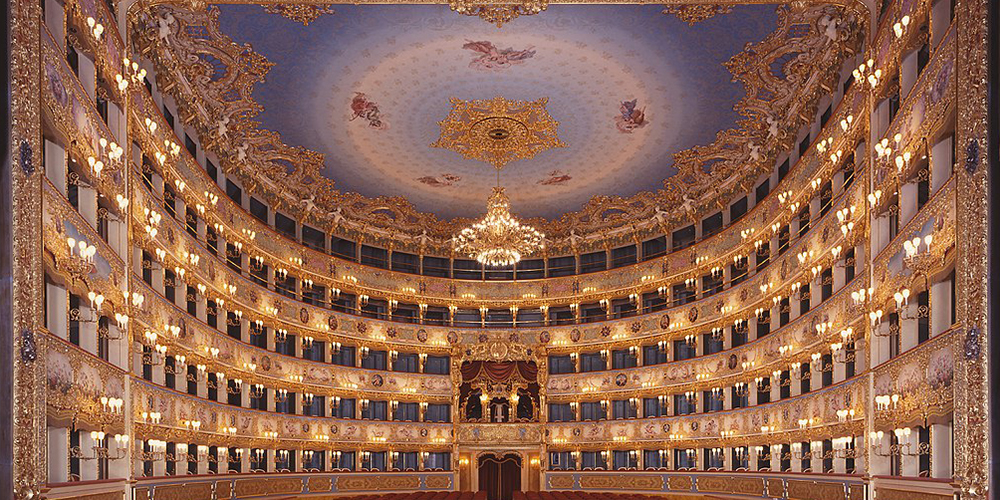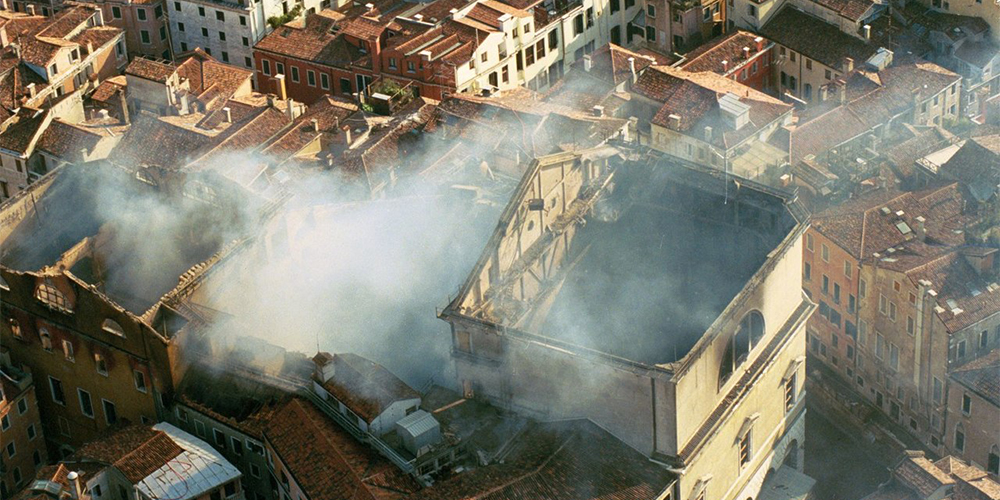Venice is a city that has always loved music, theater, and opera and can certainly boast of a long tradition of amalgamating audiences with its theaters!
And it cannot be otherwise since Venice is home to one of the most prestigious opera houses in the world, La Fenice (litt. The Phoenix), founded in the late 18th century.
The day of its inauguration was that of the Catholic feast of the Sènsa, or Ascension, which in that year fell on May 16, 1792. So the theater was born under the best auspices, little did it know yet that it had to rise twice before it was the great splendor it is today.
Before we learn more about its history, let's wish the Grand Theatre la Fenice Happy Birthday!
The story of a myth. Why is the theater la Fenice named as such?

As already mentioned the very famous la Fenice in Venice is one of the most important opera houses in Italy and also one of the most influential and well-known in the world.
Its long history combines and begins hand in hand with that of 7 other theaters that existed in the city at the end of the 18th century. One of these was the San Benedetto which was destroyed by a bad fire in 1773. And it was also because of the latter that a few years later the same owners decided to build a new, larger, and structurally better theater.
And this is how the history of one of the landmarks of the city of Venice began...with a court dispute!
Shortly after the reconstruction of the new San Benedetto, the Nobile Società dei Palchettisti, the owner of the structure had to face the claims of the Venier family who owned the land on which the building stood. After a long time in court, the Veniers won their case and the "Palchettisti Society" lost the newly built theater.
Largely because of this, the same Noble Society decided to build another even larger, even more, elegant, and even more luxurious theater in another part of the city. The name was chosen for such a structure, not surprisingly, was "La Fenice" precisely to symbolize the revival of the society after the judicial problems.
A grand competition was announced and so it was that in 1789 architect Antonio Selva began work on its construction, which took place in 1792, as mentioned above on May 16, 1792.
At last, the theater was packed and ready to be officially opened. It began with the opera "I giuochi d'Agrigento" by composer Giovanni Paisiello, with a libretto by Alessandro Pepoli featuring tenors Giacomo David, Gaspare Pacchierotti and soprano Brigida Banti.
Chroniclers of the time were fascinated by the pleasantness of the performance and the beauty of the theatrical structure.
Teatro la Fenice. A unique opera house in the world in the heart of Venice

As we know, the name of the theater is precisely La Fenice, after the legendary animal that is reborn from its ashes, and never was the name more apt. The great opera house was hit by two great fires in the course of its history and has thus risen twice from its ashes.
The first time was in 1836 while the second was on January 29, 1996, much to the dismay of Italian and international public opinion.
If you ask a Venetian today what he or she was doing on that fateful '96 it will surely know the answer, for it was the day of the Fire of the Fenice Theater.
Fortunately, the theater was reopened after careful restoration seven years later, in 2003 with a week of musical and opera events on a wide variety of authors.
Today it is impossible not to think of this theater when talking about Venice-they have practically the same soul, the same heart! And that is also why every visitor to the city should know the story of one of the most beautiful opera houses in Europe, a story of beauty and rebirth.
Just as every person's life should be, just as the troubled life of the Phoenix has been, all the best again, Teatro la Fenice!










Lascia un commento